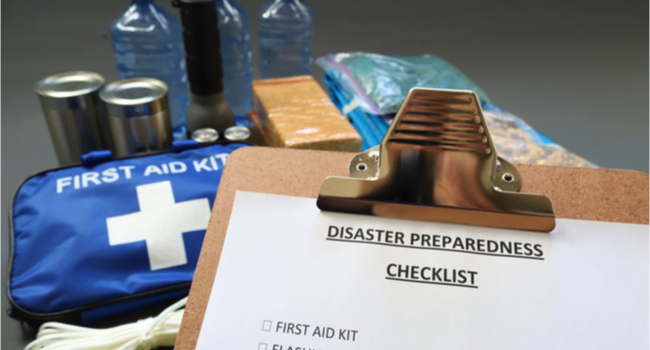
Trump Administration's Guide Aims to Help School Districts with Emergency Response Plans
School emergency response plans are designed to proactively address a variety of hazards and threats and formalize the roles and responsibilities of those schools, school districts and community partners.
- By Sherelle Black
- September 30, 2019
The Trump administration released a safety guide on Sept. 25 that is aimed at helping school districts with creating emergency response plans for each of its schools.
With September being National Preparedness Month, the U.S. Department of Education along with the U.S. Departments of Justice, Homeland Security, and Health and Human Services, released the new planning guide.
"Each of us has an important role to play in keeping our nation's students, teachers and faculty safe at school," said U.S. Secretary of Education Betsy DeVos in a press release. "While there is no one-size-fits-all solution, the District Guide is a helpful resource for districts as they work with school planning teams creating Emergency Operations Plans that are unique to their school community. We want local leaders to have the resources and support they need to help prevent school violence and effectively respond and recover should tragedy occur."
Titled "The Role of Districts in Developing High-Quality School Emergency Operations Plans," the guide instructs districts on how to create plans for all types of hazards, from natural disasters to gun violence, and includes a checklist of actionable items that include developing a fact sheet on possible threats as well as training staff on the emergency plan.
Deputy Attorney General Jeffrey A. Rosen said in the press release, "The safety of our nation's students is one of the highest priorities of this Administration and the Department of Justice. The District Guide is yet another tool for our local school districts to use to keep students, teachers and faculty safe. We will continue to work tirelessly with our federal, state and local law enforcement partners to make sure our nation's schools are protected."
Acting Secretary of Homeland Security Kevin K. McAleenan said in the release, "The release of the District Guide is an important step in our work with the nation's schools to help districts prevent, mitigate against, respond to, and recover from emergency situations. It's our intent that this new resource will assist districts in their efforts to strengthen their schools' resilience and emergency planning processes."
In the coming weeks, the agencies will collaborate again to conduct a webinar providing an overview of the district guide.
About the Author
Sherelle Black is a Content Editor for the Infrastructure Solutions Group at 1105 Media.